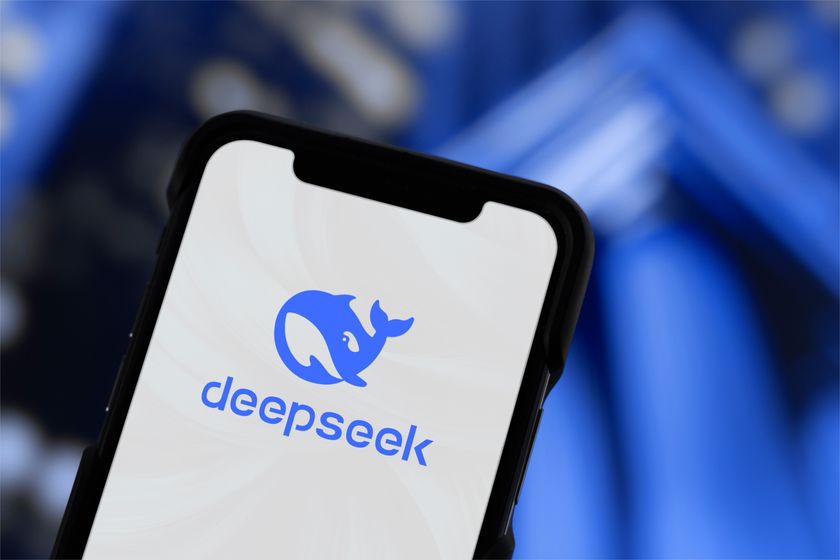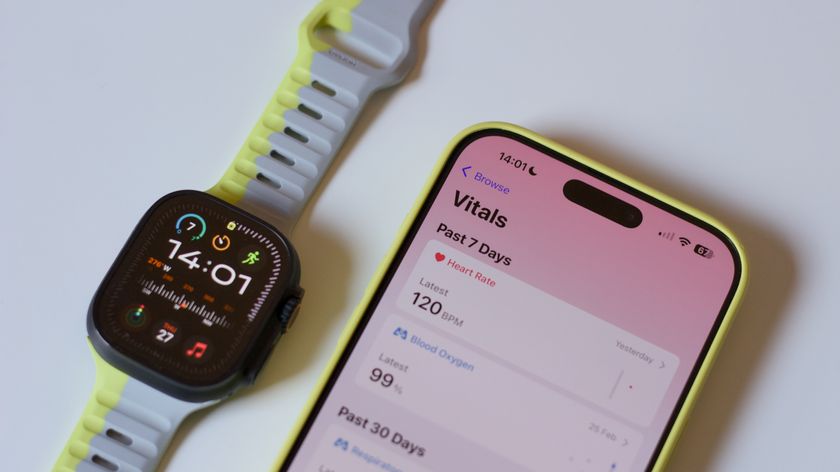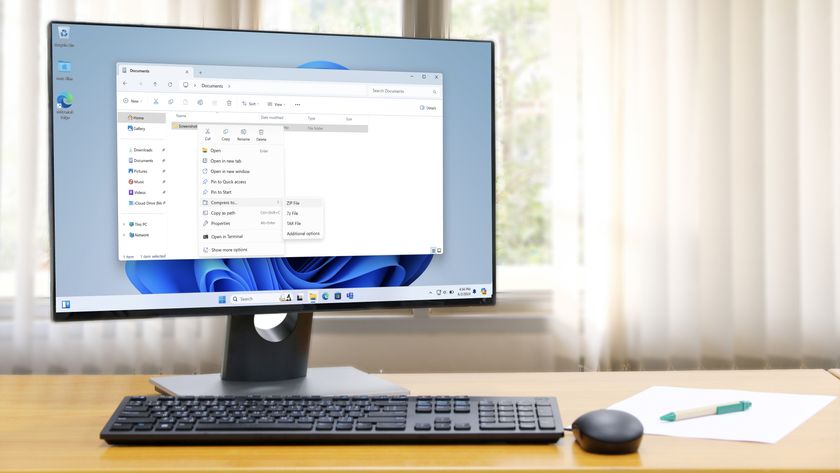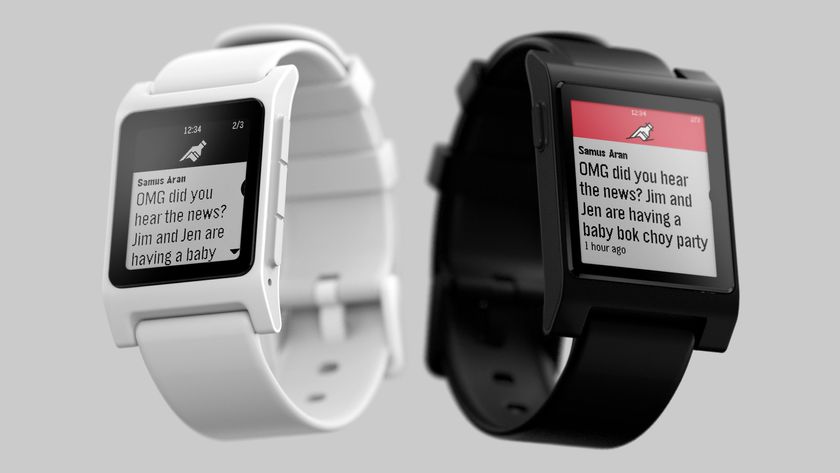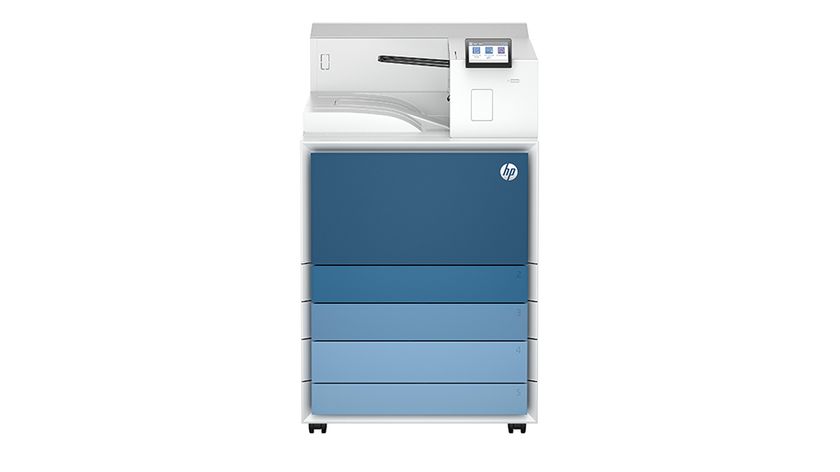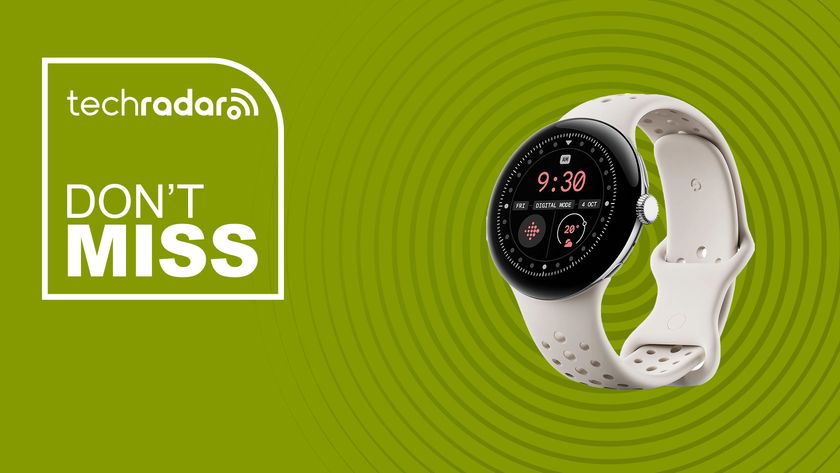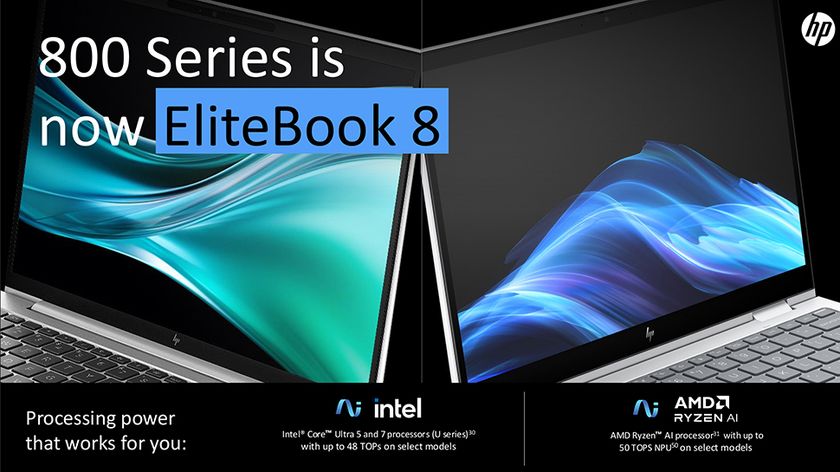Dynamics AX is switching to be a cloud service on Azure – or Azure Stack
Microsoft is now using Azure Stack as a way to bring SaaS on-premise
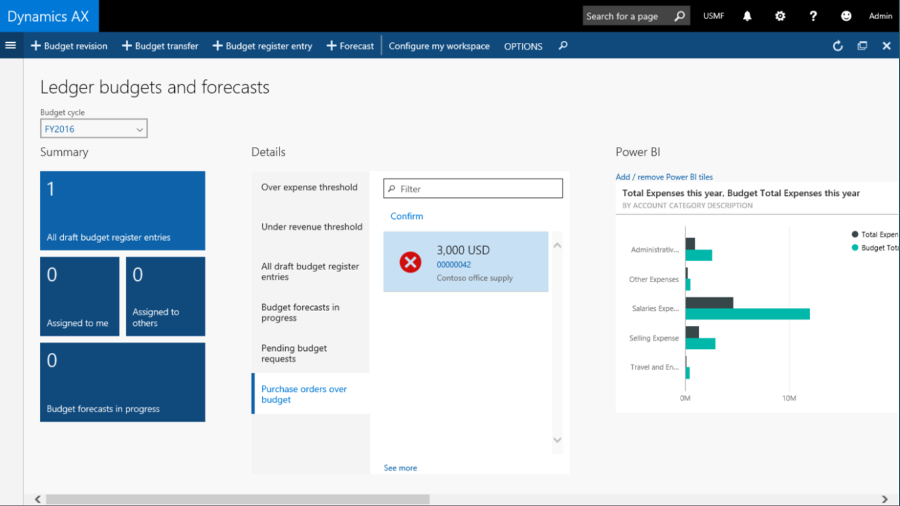
The latest version of Dynamics AX, Microsoft's ERP system, doesn't just have new features like business intelligence, new tools for purchase orders, cost management and checking if you have the materials you need for orders, integration with Office, workspaces that organise the tools you need for different tasks and a new HTML5 interface that means businesses can create custom solutions using Visual Studio. It's also switching to be a cloud service that's only available on Azure – or, by the end of this year, on Azure Stack.
There won't be a version of Dynamics AX 7 you can run on Windows Server, the way you can run Exchange or SQL Server – you'll have to have an Azure Stack setup for it if you don't want to use public cloud.
That means Microsoft's new private and hybrid cloud system isn't just a way to get cloud-style services – including IaaS for running VMs and PaaS tools like storage, Web Apps and Service Fabric. It's also shaping up to be a way to get Microsoft cloud applications on your own server – something that Microsoft originally suggested wasn't likely.
Building for cloud
In many ways, this makes perfect sense. Microsoft is keen to shift businesses to new development patterns for building applications, and that applies to Microsoft's own applications as well.
Dynamics AX is built on Azure services like SQL Azure, it includes Power BI and it integrates with Dynamics CRM Online and Office 365. As those services get updated, so will Dynamics AX; the current limit of 1,000 users per business will go up when SQL Azure can cope with that. (Microsoft won't update Dynamics AX every time an Azure service gets an update though – it will get its own updates and administrators will be able to have some control over when those are applied.)
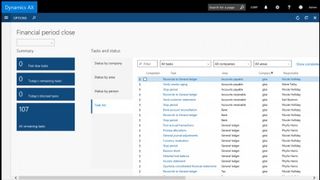
Just as businesses don't want to build apps that they'll have to rewrite to take them to the cloud, having built Dynamics AX 7 as a cloud service where businesses don't have to worry about buying servers and setting up infrastructure to get it running, Microsoft wouldn't want to write a different version that runs just on Windows Server and loses the advantages of cloud application design.
"The old monolithic three-tier apps don't cut it anymore," points out Azure CTO Mark Russinovich. "They're not agile enough. Teams have problems getting updates into them and they can't scale out on the hardware resources that companies are paying for." Applications built for the cloud are built out of microservices that are easier to update, and they run on cloud infrastructure that's standardised, automated and monitored (and frequently updated itself).
Are you a pro? Subscribe to our newsletter
Sign up to the TechRadar Pro newsletter to get all the top news, opinion, features and guidance your business needs to succeed!
Stacking up the advantages
The claim with Azure Stack is that you get the same cloud advantages of automation and standardisation and frequent, reliable updates, but on your own – likely much smaller – systems; an Azure Stack setup can be as few as four servers.
Deploying new services and applications on Azure Stack will be cloud-style as well, using a marketplace in the Azure Stack Portal or Azure Resource Manager templates. That fits very well with the Lifecycle Services Microsoft has been using to help Dynamics customers get more reliable systems via a standardised setup and regularly updated services, especially for retail customers.
You can work with your own data without having to move it all to the cloud, and if you have data sovereignty issues – something Russinovich says is a major concern for the UK and Germany, even though new data centres in the regions will address much of that – having your own cloud means you don't have to worry about where your data goes. Really, it's about giving customers what they want, he says: "The journey will take time and customers in the meantime have business requirements."
Mary (Twitter, Google+, website) started her career at Future Publishing, saw the AOL meltdown first hand the first time around when she ran the AOL UK computing channel, and she's been a freelance tech writer for over a decade. She's used every version of Windows and Office released, and every smartphone too, but she's still looking for the perfect tablet. Yes, she really does have USB earrings.




